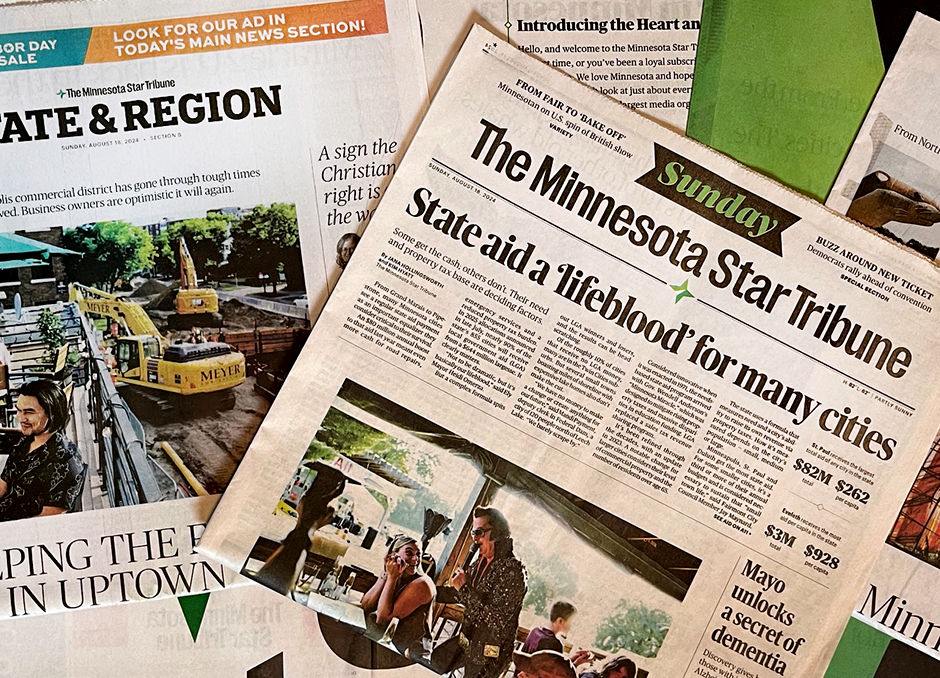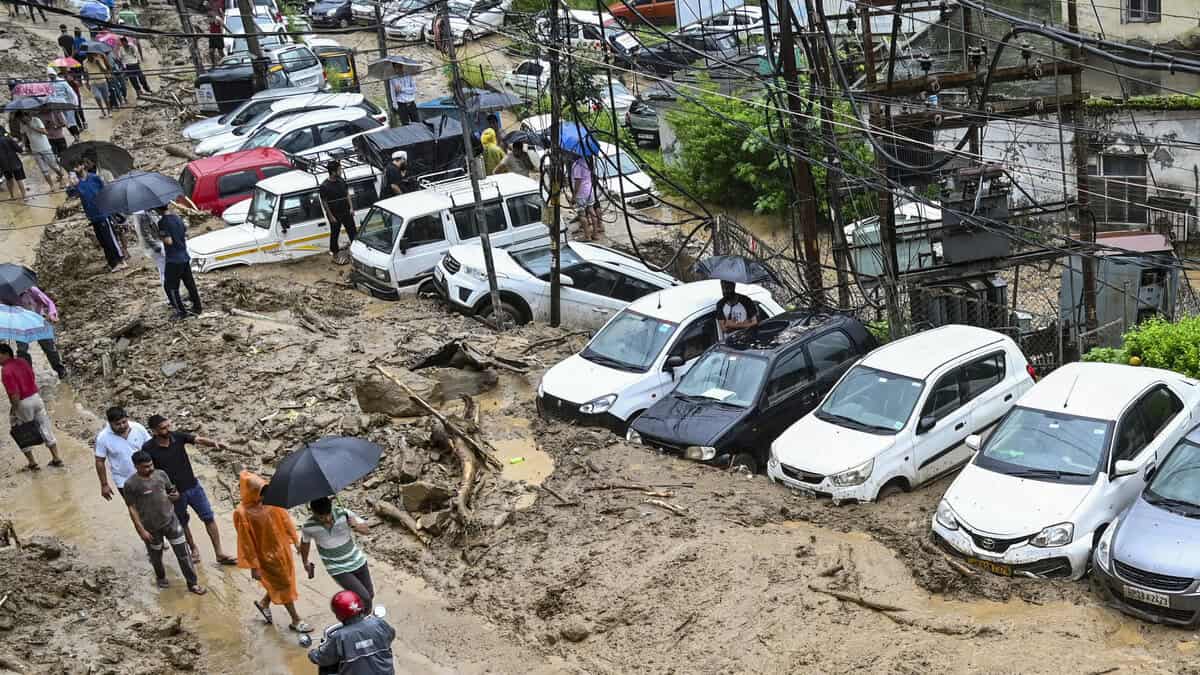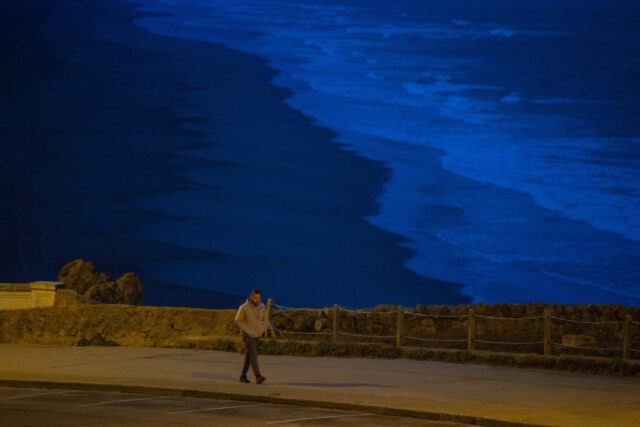TOKYO (AP) — One of the strongest earthquakes ever recorded struck off Russia’s sparsely populated Far East early Wednesday, sending tsunami waves into Japan, Hawaii and the U.S. West Coast. Several people were injured, but none gravely, and no major damage has been reported so far.
Authorities warned the risk from the 8.8 magnitude quake could last for hours, and millions of people potentially in the path of the waves were initially told to move away from the shore or seek high ground.
Warnings were lifted or downgraded in Japan, Hawaii and the affected parts of Russia later Wednesday. But Chile upgraded its warning to the highest level for most of its lengthy Pacific coast, and said it was evacuating hundreds of people.
READ MORE: Japan’s Fukushima nuclear plant faces new delay in removing melted fuel debris
In the immediate aftermath of the quake off Russia’s Kamchatka peninsula, residents fled inland as ports flooded, and several were injured while rushing to leave buildings.
Cars jammed streets and highways in Honolulu, with standstill traffic even in areas away from the sea. And in Japan, dozens of people flocked to evacuation centers, hilltop parks and rooftops in towns on the Pacific coast with fresh memories of the 2011 earthquake and tsunami that caused a nuclear disaster.
Tsunami advisories were also in place along much of the U.S. West Coast and for the Canadian province of British Columbia.
Unusually strong currents and unpredictable surges were expected in places as far away as New Zealand. The National Weather Service warned the San Francisco Bay Area could see “some seriously dangerous currents along beaches and harbors.”
Among the world’s strongest recorded quakes
The earthquake appeared to be the strongest recorded since the 9.0 magnitude earthquake off northeastern Japan in March 2011 that caused a massive tsunami that set off meltdowns at a nuclear power plant. No abnormalities in operations at Japan’s nuclear plants were reported Wednesday.
Only a few stronger earthquakes have ever been measured around the world. It occurred along the Pacific “Ring of Fire,” the ring of seismic faults around the Pacific Ocean where most of the world’s earthquakes take place.
The quake struck at 11:24 a.m. in Kamchatka with a magnitude of 8.8 and a depth of about 21 kilometers (13 miles), according to the U.S. Geological Survey. It was centered offshore, about 120 kilometers (75 miles) from Petropavlovsk-Kamchatsky, Kamchatka’s regional capital.
Multiple aftershocks as strong as 6.9 magnitude followed.
Russia’s Oceanology Institute said tsunami waves might have been as high as 10 to 15 meters (30 to 50 feet) in some sections of the Kamchatka coast — but the highest were less than 6 meters (20 feet) near the populated areas of the peninsula and the nearby Kurils islands.
Hawaii downgrades to tsunami advisory
Authorities in Hawaii downgraded the state to a tsunami advisory as Wednesday began, and evacuation orders on the Big Island and Oahu, the most populated island, were lifted.
An advisory means there is the potential for strong currents and dangerous waves, as well as flooding on beaches or in harbors.
“As you return home, still stay off the beach and stay out of the water,” said James Barros, administrator of the Hawaii Emergency Management Agency.
The impact of the tsunami could last for hours or perhaps more than a day, said Dave Snider, tsunami warning coordinator with the National Tsunami Warning Center in Alaska.
“A tsunami is not just one wave,” he said. “It’s a series of powerful waves over a long period of time. Tsunamis cross the ocean at hundreds of miles an hour — as fast as a jet airplane — in deep water. But when they get close to the shore, they slow down and start to pile up. And that’s where that inundation problem becomes a little bit more possible there.”
Hawaii Gov. Josh Green earlier said Black Hawk helicopters were activated and high-water vehicles ready to go in case authorities needed to rescue people.
In Northern California, tsunami activity continued to build Wednesday morning with maximum confirmed heights along the coast of 3.6 feet (1.1 meters) in Crescent City.
WATCH MORE: The importance of earthquake planning beyond the West Coast
The Oregon Department of Emergency Management said on Facebook that small tsunami waves were expected along the coast.
“This is not a major tsunami, but dangerous currents and strong waves may pose a risk to those near the water,” the department said.
A tsunami of less than 30 centimeters (under 1 foot) was forecast to hit parts of Vancouver Island, British Columbia, and waves of up to 1.4 feet (under 30 centimeters) above tide levels were observed in Alaska’s Aleutian Islands.
Russian regions report limited damage
In Petropavlovsk-Kamchatsky, Kamchatka’s regional capital, the quake damaged a local kindergarten, which was not in operation at the time because it was being renovated.
Oleg Melnikov, head of the regional health department, said several people hurt themselves while rushing to leave buildings and a hospital patient was injured while jumping out of a window. Melnikov said that all injured people were stable.
A video released by Russian media outlet showed a team of doctors at a cancer clinic on Kamchatka holding a patient and clutching medical equipment as the quake rocked an operating room, before continuing with surgery after the shaking stopped.
Authorities introduced a state of emergency on the sparsely populated Kurils — which are near Kamchatka — after the tsunami. They earlier reported that several waves flooded the fishing port of Severo-Kurilsk, the main city on the islands, and cut power supplies to the area. The port’s mayor said no major damage was recorded.
Authorities on Kamchatka peninsula and in the Kurils canceled their tsunami warnings but said some risk of waves remains.
Dozens in Japan find refuge on hilltops and on rooftops
A tsunami of 60 centimeters (2 feet) was recorded in Hamanaka town in Hokkaido and Kuji port in Iwate, according to the Japan Meteorological Agency. Several areas reported smaller waves, including 20 centimeters (8 inches) in Tokyo Bay five hours after the quake.
At least one person was injured.
In Toyokoro town in Hokkaido, about 20 people took refuge on top of a municipal building before moving to an inland town shelter where emergency food and water were available.
In Iwaki city in Fukushima, which was thew epicenter of the 2011 tsunami and quake, dozens of residents gathered at a hilltop park after a community siren sounded and breakwater gates were closed.
WATCH MORE: Japan marks 10th anniversary of Fukushima nuclear disaster
About 4,000 workers at the Fukushima Daiichi nuclear plant, severely damaged in the 2011 disaster, took shelter on higher ground at the complex while remotely monitoring operations, the operator said.
The International Atomic Energy Agency said initial reports showed that there has been no impact to the safety of nuclear power plants along Japan’s Pacific coast.
By late Wednesday, Japan had downgraded its tsunami alert, but left an advisory in place along the Pacific coast.
Authorities in the Philippines, Mexico and New Zealand warned residents to watch for waves and strong currents. People were also urged to stay away from coastlines until any wave surges passed in Fiji, Samoa, Tonga, Federated States of Micronesia and Solomon Islands.
Earlier in July, five powerful quakes — the largest with a magnitude of 7.4 — struck in the sea near Kamchatka. The largest was at a depth of 20 kilometers (12 miles) and was 144 kilometers (89 miles) east of the city of Petropavlovsk-Kamchatsky.
We’re not going anywhere.
Stand up for truly independent, trusted news that you can count on!

















































